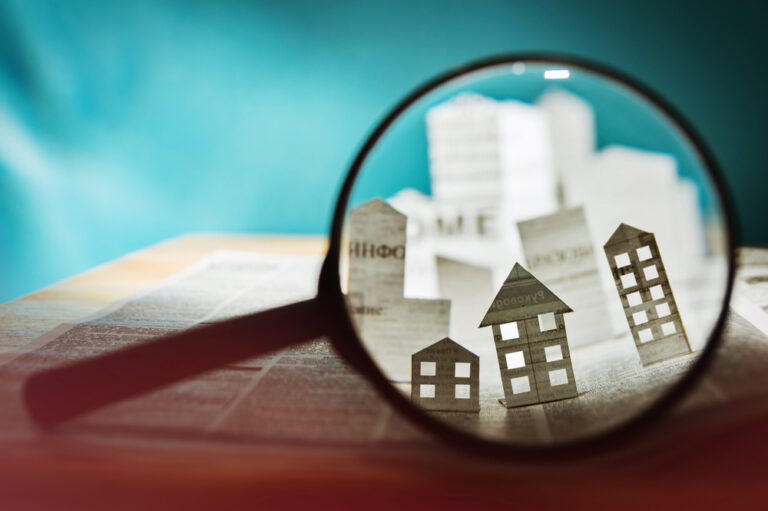The building type or the building characteristics plays a role in many spatial plays an important role in many spatial issues: In which neighborhoods are there predominantly detached or semi-detached houses? what type of heating is probably available or which broadbandconnections can be realized and at what cost?
The type Terracefrom can be found below though rarely. All the more reason to take a look at it, srepresentative of all other building types and numerous other building features in the Nexiga-house database.

Terraced house is rare
Terraced houses are a special form of residential construction, which require a high structural density with private indoor and outdoor spaces. A characteristic feature is the staggered arrangement of the apartments, each with its own terrace, which is often planted and offers privacy from the neighbors.
Only a good 7,000 buildings in Germany are assigned to this type in our database. Terraced houses were mainly built in the 1960s and 1970s as a measure against the housing shortage and increasing urbanization. At that time, an urban home in the countryside was considered modern, with a combination of comfort and community. By staggering the floors, they can also be built on steep slopes where other building forms are not possible. Even if this type of building is getting on in years, it can certainly be seen as an environmentally friendly form of housing as it can often be combined with modern technologies such as solar energy and rainwater harvesting.
There are further advantagesOn the one hand, they offer a generous outdoor area that can be used as an extension of the living space. Secondly, the compact design saves space and offers enough room for a family. The terraces also often offer a good view of the surrounding area.
Building information
- Building features in the Nexiga house database
The housing situation and the living environment are important characteristics of socio-demographics. Over 22 million buildings and their surroundings were assessed on the basis of various criteria by means of on-site inspections. The following is an excerpt from the data spectrum:
- Building typeBuilding type: 9 different classifications are used to describe buildings, taking into account the size and type of a building.
- The building age is determined according to the construction period, which is divided into twelve classes.
- General state of maintenance: For the assessment, various individual criteria such as facades and windows are taken into account for the overall assessment of the building.
- Garden type and -size refer to the area visible from the outside. The characteristics of the variable are divided into seven categories.
- The construction method describes the exclusivity of a house based on the size of a building (= enclosed floor area). The collection of data on site relates to the visible areas of the property.
- Height of the building (in meters), number of floors per building
- The location of the house in the village is described with the following characteristics such as edge of the village, village center, etc.

Our map shows the building characteristics using the example of a district of Lahnstein, located on a hill south of Koblenz. Here you will find a large number of terraced houses built on the slopes facing south-east. In the immediate vicinity are groups of detached or semi-detached houses, terraced and semi-detached houses as well as blocks of flats.
Industry examples of use and benefits
Energy
Analyses can be carried out to assess the building's energy consumption and identify ways to reduce energy consumption. energy consumption energy consumption. Likewise, for a residential area, the energy requirements ofr buildings can be determined in order to improve the efficiency of heating, ventilation and air conditioning systems and thus also contribute to reducing CO2-footprint of ther buildings of buildings.
Where can solar systems be installed on roofs, where are the households likely to be found? More information on the topic of energy and energy efficiency can be found here.
Telecommunicationsn
Numerous building characteristics can be used to draw conclusions about the residential population to be supplied with broadband connections (fiber optics).
The expansion is cost-intensive, which is why therefore as many households as possible with a high affinity for high-speed Internet should be connected in an area. Such an analysis can also help to improve network performance and increase the security of the network.
More information on the subject of telecommunications can be found here.
